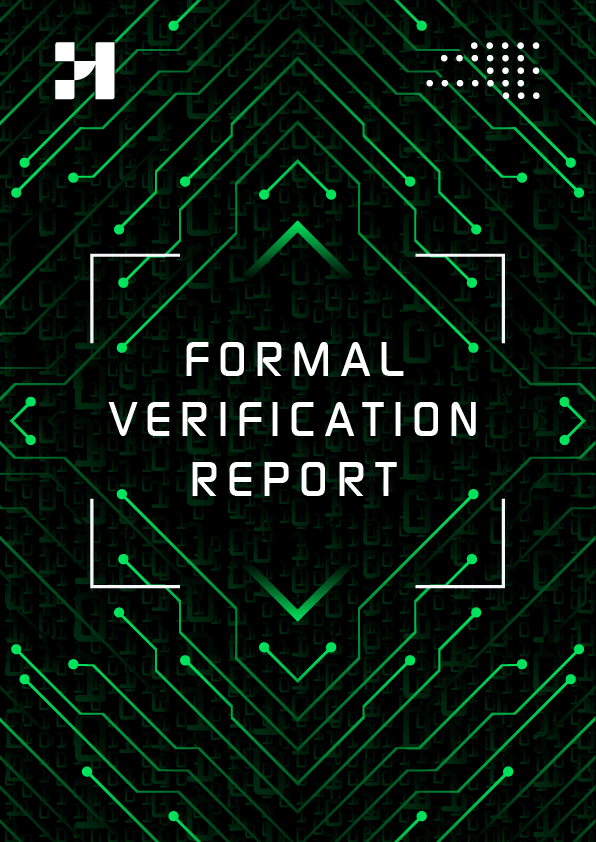Formal Verification
Get seamless security against hacking and exploitation with the industry’s first and only AI-powered company, thanks to Hackdra’s Formal Verification.
Build trust and minimize risks with formal verification
Security is a critical issue in the web3 world. Hackdra is committed to minimizing risks and building trust with official verification by ethical hackers specializing in web3 security. Hackdra secures blockchain-based and many other systems using the latest technologies and best practices. We offer our clients a comprehensive approach, including smart contract auditing, vulnerability detection and closure, network security testing and consulting services.
Avoid costly errors
Optimize your code
Increase audience trust
What projects need a Formal Verification?
Formal Verification is a method used to mathematically prove that a system or software has the desired properties. It is widely used in critical systems, especially in hardware and software development processes, where the system is designed to prevent undesirable behavior. Formal verification uses mathematical logic and language to prove that a system or software has certain properties (e.g. security, correctness, performance). This usually involves model equations, mathematical proofs, symbolic model checking and other formal methods.
Critical systems
High security requirements
Blockchain-based projects
Complex systems
Prevention of costly errors
Benefits of Formal verification by Hackdra
Formal verification, together with the service offered by Hackdra, offers significant benefits to ensure the integrity and security of your project, minimizing risks and maximizing success.
Enhanced Security
Trust and Reputation
Regulatory Compliance
Expertise and Experience
Timely and Efficient Process
Transparent Pricing
Ongoing Support
Customized Solutions
Formal Verification Process
Every Formal verification includes a thorough manual review by our team of experienced security experts. AI-powered automated review provides an additional layer of security. Formal verification is an optional step that validates its behavior against custom function specifications. This helps developers address the full scope of their platform.
Determination
Modeling
Formulation of Properties
Use of Verification Tools
Decision Making
Documentation
Continuous Improvement
Certification and Publication on OZNET
What does a Formal verification report include?

Detailed classification of identified security vulnerabilities according to their importance levels,
Step-by-step recommendations on how to resolve security vulnerabilities,
Suggestions for performance improvement for future development potential,
Scoring of documentation quality, code quality, architectural quality, and security elements.
FAQ
Ask Us a Question
If you have any questions about Formal verification, please first check the FAQ section. If you still can’t find an answer, feel free to contact us or ask your question quickly. We are happy to assist you.
We publish the official verification results on trusted platforms, such as OZNET. This increases the credibility of the project and serves as a reference point for potential investors or users.
Formal verification is the process of proving that a system or software conforms to mathematically determined specifications. This is important to improve the reliability, security and correctness of systems.
Critical systems, projects with high security requirements and complex systems often need formal verification.
The formal verification process includes the steps of requirements specification, mathematical modeling, formulation of specifications, use of verification tools, decision making, documentation and continuous improvement.
The duration can vary depending on the complexity and size of the project. Generally, the formal verification process can take longer than other testing and validation processes.
In the formal verification process, mathematical analysis is performed using specialized verification tools or software.
The results of the formal verification process are documented in documents containing mathematical proofs.
The cost can vary depending on the size, complexity and requirements of the project. It is generally more costly than other verification processes.
The formal verification process can detect design flaws, vulnerabilities and errors related to system behavior.
Yes, we provide ongoing support after the formal validation process and work collaboratively with our customers to make necessary updates.